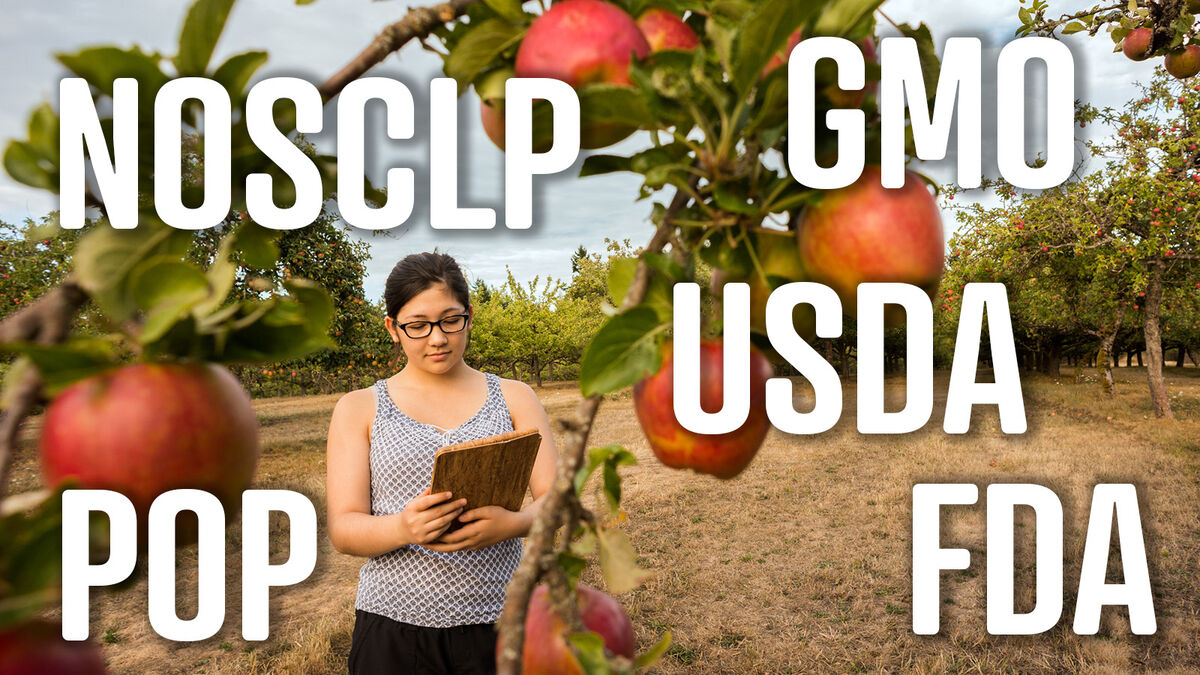
If you’re studying for the AP test in environmental science or simply want to better understand what you read about the world, this handy guide will help you become familiar with common environmental abbreviations and acronyms for key terms. These are commonly used abbreviations you may encounter in your daily life, as well as those you may see on an advanced placement test.
AP Environmental Science Abbreviations and Acronyms
The College Board offers the Advanced Placement (AP) Exam for Environmental Science to help students receive college credit for exceptional work. In order to succeed on the exam, you need to be familiar with a number of environmental science key terms, abbreviations, and acronyms. This list will help, and you can use it to quiz yourself:
- BOD - This stands for biological oxygen demand, the amount of oxygen required for the breakdown of organic material by aerobic organisms.
- CDC - This stands for the Centers for Disease Control and Prevention, the official national health institute for the United States.
- CFC - This is short for chlorofluorocarbons, a type of organic compound used in aerosol propellants and coolants that is harmful to the earth’s ozone layer.
- DDT - This is an abbreviation for dichlorodiphenyltrichloroethane, a compound used as an insecticide. It is now banned by many countries.
- DO - This stands for dissolved oxygen, the amount of oxygen in water.
- EPA - The Environmental Protection Agency is an independent government agency with a mission of protecting the health of humans and the environment.
- FDA - The Food and Drug Administration is the government agency tasked with protecting the safety and efficacy of drugs and food for human and veterinary use.
- HIPPO - This acronym works as a mnemonic device to help students remember the major threats to biodiversity. In order, they are Habitat destruction, Invasive species, Population, Pollution, and Overharvesting.
- GDP - This stands for gross domestic product, the value of the goods and services produced in a country in the period of a year.
- GMO - A genetically modified organism is any organism who has been changed genetically.
- GPP - This acronym represents gross primary productivity, or the rate of photosynthesis.
- NGO - This stands for non-governmental organization, any organization that is independent of world governments.
- NOSCLP - This mnemonic device helps you remember common air pollutants. In order, they are NO (nitric oxide), O₃ (ozone), SO₄ (sulphate), CO (carbon monoxide) and CO₂ (carbon dioxide), Lead (Pb), and Particulates.
- OPEC - This is an acronym for the Organization of Petroleum Exporting Countries, a group of 14 oil-producing countries.
- POP - Persistent organic pollutants are chemicals which remain in the environment for a long period of time.
- Ppm - The is an abbreviation for parts per million, a unit of measurement for the concentration of chemicals in the environment.
- SPM - This stands for suspended particulate matter, microscopic particles of solids or liquids that can be suspended in the air.
- TFR - This abbreviation stands for total fertility rate, a demographic measure of the number of children a woman would have if she bore children according to the fertility rate for her location and time.
- USDA - This is short for the government agency of the United States Department of Agriculture, which oversees the farming and production of food.
- VOC - Volatile organic compounds are substances with chemical properties that allow them to vaporize at room temperature.
- WHO - The World Health Organization is an agency of the United Nations that directs and coordinates health initiatives and policy around the world.
- WWF - This stands for the World Wildlife Fund, an organization devoted to protecting endangered species and the world environment.
More Environmental Acronyms and Abbreviations
While these terms may not be on the AP Environmental Science Exam, you might run into them as you read about environmental issues:
- AP - average period
- BDL - below detection limit
- COC - contaminant of concern
- dB - decibel
- ED - exposure duration
- EF - exposure frequency
- EP - exposure period
- GW - ground water
- HAP - hazardous air pollutant
- HM - hazardous material
- HW - hazardous waste
- NFA - no further action
- NSR - no significant risk
- QA - quality assurance
- QC - quality control
- RAF - relative absorption factor
- PQ - probably quantity
- WQC - water quality criteria
Be Ready With Familiar Terms
From understanding the factors affecting a natural ecosystem to recognizing common government acronyms, it helps to have a good list of abbreviations related to the environment. Print it out and keep it handy so you can study for an exam or be ready when you read a new term.